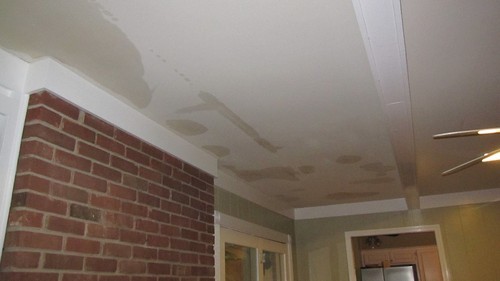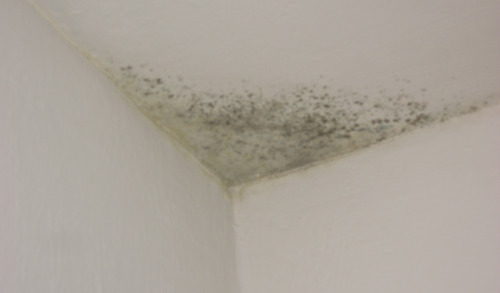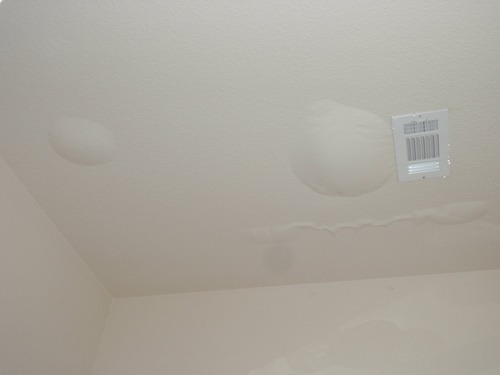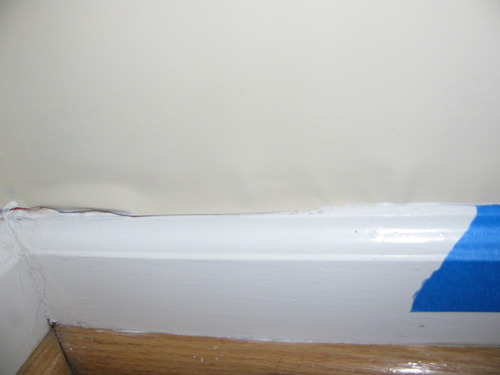
Roof water damage or interior ceiling water damage is a big concern for homeowners during the winter. If a home’s exterior walls or roof is damaged water can seep in and cause a variety of problems from mold to rot and more. Identifying the signs of water damage can help to save you a world of problems more than just money, so take a look at these signs of roof and ceiling water damage to watch out for.

Watermarks or Brown “Rusty” Stains– Oftentimes one of the most common signs of ceiling or roof water damage is watermarks or brown “rusty” stains on the walls, ceilings and/or attic. It can be a sign of a previous or current leak, so you should always have them checked out if they appear within your home.

Mold Along the Corners, Ceilings and Walls – Mold is of course a clear sign of a moisture problem and can become an issue within just 48 hours when the right amount of water and humidity is mixed together. The fungus can be a serious health issue for those who live in the home and should be seen to while the source of the roof and interior ceiling water damage is taken care of a by a professional roofing repair company.

Swollen Walls/Ceilings/Door Casings – Another sign of roof water damage is when the parts of the interior of the home begin to swell up due to a collection of moisture into the wood. Bubbled walls, doors that have trouble closing and so forth can indicate a water leak that needs to be taken care of immediately.
 Wallpaper/Baseboards/Trim Separating from Walls – Oftentimes when there is ceiling water damage in a home there are more subtle signs of water damage such as the decorative features of the walls and ceilings separating from them. Excess moisture can cause wallpaper to lose its adhesive and peel while a water leak can cause the walls/ceiling to swell slightly to the point that baseboards or wall trim begins to buckle away from the area.
Wallpaper/Baseboards/Trim Separating from Walls – Oftentimes when there is ceiling water damage in a home there are more subtle signs of water damage such as the decorative features of the walls and ceilings separating from them. Excess moisture can cause wallpaper to lose its adhesive and peel while a water leak can cause the walls/ceiling to swell slightly to the point that baseboards or wall trim begins to buckle away from the area.
 “Sweating” Walls – When a leak is in the beginning stages before the mold, watermarks and so forth, the excess moisture can oftentimes present itself as “sweating” walls. The moisture as it condenses begins to clump together, dripping down the ceilings and walls, indicating ceiling or roof water damage that could become a bigger issue if not properly repaired in a timely manner.
“Sweating” Walls – When a leak is in the beginning stages before the mold, watermarks and so forth, the excess moisture can oftentimes present itself as “sweating” walls. The moisture as it condenses begins to clump together, dripping down the ceilings and walls, indicating ceiling or roof water damage that could become a bigger issue if not properly repaired in a timely manner.
